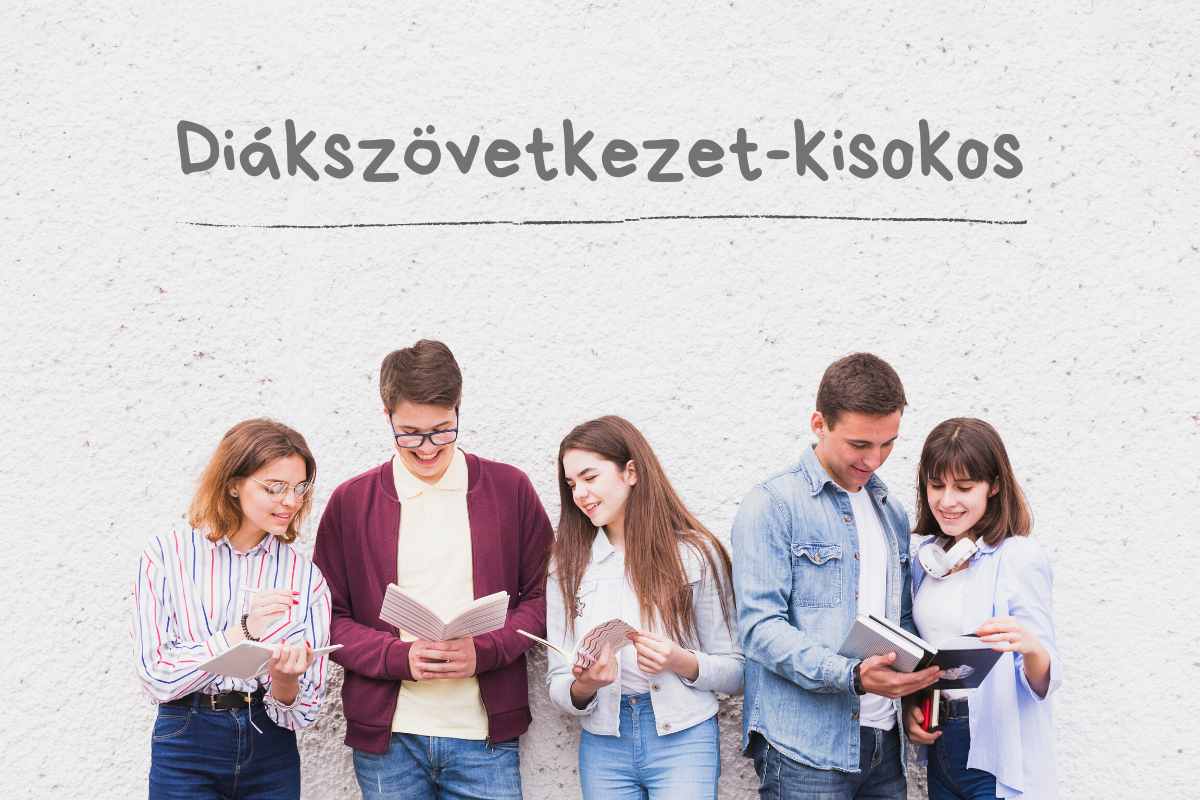News
What is Sakura?
3+1 Things You Didn’t Know About the Cherry Blossom Festival. Even if you haven't had the chance to see it live, you've probably come across the stunning pink and white cherry blossom trees in movies, series, or on Pinterest and Instagram. Sakura, or cherry blossom season, is a long-standing, spiritual spring celebration in Japan that has now captured the hearts of people around the world. Read on to learn more about it in our latest blog post!
1. Sakura and Hanami – What’s the Difference?
Sakura refers to both the cherry tree and its blossom, and the admiration of sakura is linked to a Japanese legend. According to tradition, the goddess Konohana Sakuya Hime of Mount Fuji revived the dead flowers every spring and adorned the mountain with cherry blossoms. The cherry blossom holds significant meaning for the Japanese beyond its beauty; its petals remind them of mortality and the eternal cycle of life. The fleeting nature of the blossoms symbolizes the transient nature of human life, encouraging people to cherish both life and sakura. Despite its small five-petal structure, each blossom holds a multitude of meanings and emotions: past, present, and future are all embodied in a single flower. In Japan, it is believed that "whoever a cherry blossom falls upon will be accompanied by luck and happiness."

Hanami is the act of viewing the flowers, which involves multi-day celebrations, family and friend gatherings in Japan. In spring, the entire country slows down to enjoy the breathtaking sight of cherry blossoms. Hanami can be a simple walk in the park or a picnic in the garden, with the main focus being on spiritual rejuvenation. Spiritually, cherry trees convey the energies of rebirth, and it's said that hugging a cherry tree while having a picnic brings new beginnings. Those who wish to extend their hanami experience into the night can enjoy yozakura. During yozakura, the Japanese hang paper lanterns and decorate the blossoming trees with small candles, creating an even more magical sight.

2. Watch Out for the Cherry Blossom Front!
The so-called "cherry blossom front" is a key feature in weather forecasts in Japan. During sakura season, the entire country prepares for the event according to TV and radio forecasts. Given Japan's longitudinal position, cherry blossoms can be enjoyed for about five months across different regions. In the southern, subtropical islands like most of Okinawa, the blooming starts at the end of January, while in the north, in Hokkaido, it happens in May. In between, cities like Tokyo, Kyoto, and Osaka are usually adorned with pink blossoms from late March to early April.

3. From Bud to Sea of Petals
Although experts can roughly predict the blooming time, individuals have different preferences for visiting. Some prefer the early stage when only a few flowers have bloomed, while others enjoy the full bloom when streets are lined with trees looking like huge pink pom-poms. Naturally, the final phase, the "beautiful demise," also has many admirers, as this is when the wind carries and scatters the falling petals far and wide.

+1. Sakura in Gastronomy
Interestingly, cherry blossom season not only provides a visual treat but also delights taste buds. During March and April, restaurants, cafes, and bars offer various sakura-colored and mildly cherry-flavored dishes, cocktails, and desserts adorned with flowers. One of the most popular treats is sakura-flavored dango, a golf-ball-sized dumpling made from flavored rice paste. Besides food and drinks, there is no shortage of sakura-themed souvenirs, including jewelry designed specifically for the season and cosmetics containing sakura flower serum.

Watch the 2021 bloom in this video:
Enjoy gazing at the flower-filled landscapes at home as well? Our March blog post helps nature-loving hikers catch the blooming of various flowers across the country. Don’t miss out!
Need a little boost for your piggy bank? Click here and check out our current student job positions!











